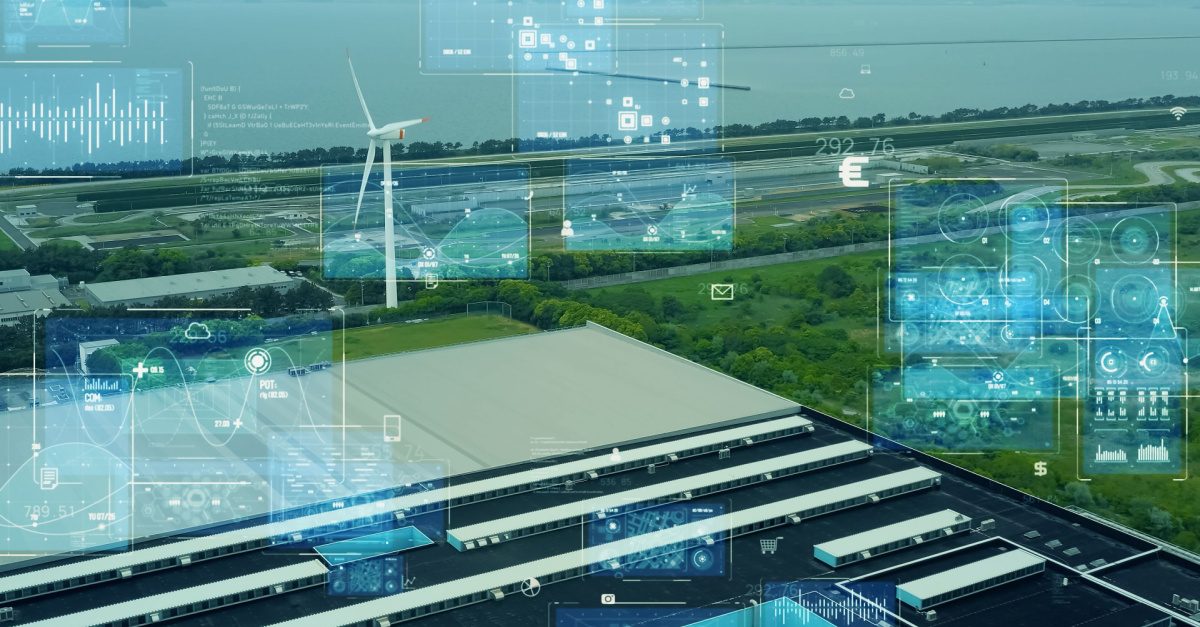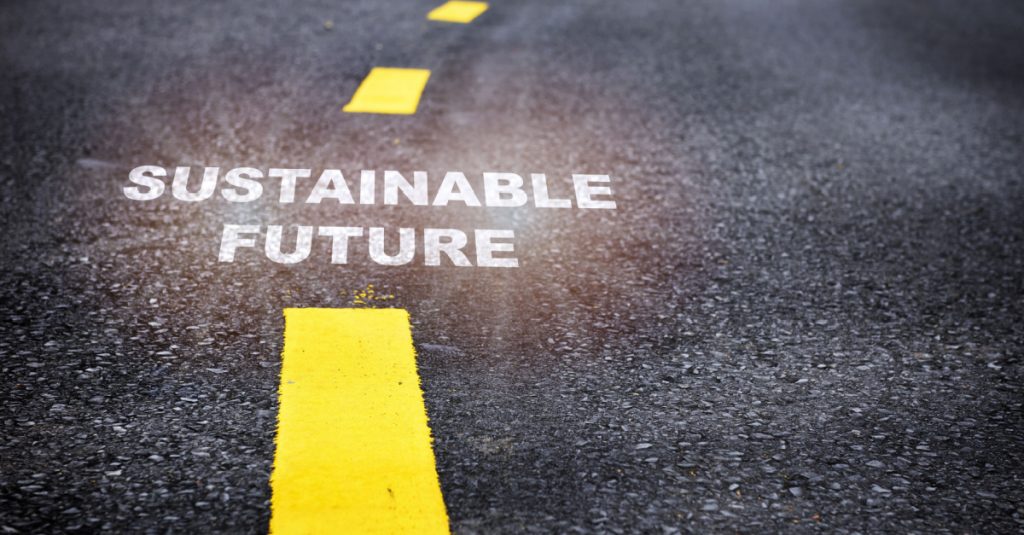
Supply Chains for Sustainability and Social Responsibility
As climate change becomes a great threat, social responsibility becomes more important. One of the biggest things humanity can do to slow down the devastating effects of climate change is to make our supply chains more sustainable.
Sustainability and Social Responsibility
What do we mean by ‘sustainability’ and ‘social responsibility’ within the realm of supply chains? It’s an all-encompassing approach that intertwines environmental stewardship, ethical labour practices, and economic viability.
Beyond moral obligations, there are pragmatic reasons for businesses to embrace sustainable practices. A sustainable supply chain can lead to cost reductions, risk mitigation, and an enhanced brand image. Moreover, it aligns with evolving regulatory landscapes and consumer expectations, setting the stage for enduring success.
Assessment of Current Supply Chain Practices
The path towards sustainability starts with self-assessment. Organisations need to conduct thorough evaluations of their existing supply chains, identifying not just the direct impacts of their activities but also the indirect influences of their suppliers and distributors.
Measuring something as complex as sustainability is challenging, but feasible. There exist numerous frameworks and tools, from carbon footprint calculators to social impact assessments, enabling businesses to quantify their sustainability endeavours.
Key Strategies for Supply Chain Optimisation
A pivotal aspect of sustainable supply chains is the adoption of eco-friendly materials and processes. This includes sourcing raw materials responsibly, prioritising recyclable or biodegradable materials, and implementing energy-efficient manufacturing processes. It’s not just about reducing environmental impact but also about setting a precedent in the industry.
Social responsibility is integral to sustainability. Ensuring fair labour practices isn’t just ethically sound; it’s a business necessity. This involves guaranteeing fair wages, safe working conditions, and respecting workers’ rights across the entire supply chain. It’s about creating a supply chain that is equitable and just.
The logistics and transportation aspect of the supply chain is a significant contributor to carbon emissions. By optimising routes, utilising fuel-efficient vehicles, and exploring alternative transportation methods like rail or electric vehicles, companies can substantially reduce their carbon footprint.
The circular economy model, which focuses on reusing and recycling resources, is pivotal for sustainable supply chains. This approach helps in minimising waste and encourages the reuse of materials, thereby creating a more sustainable lifecycle for products.
The Role of Freight Forwarders in Championing Sustainable Supply Chains
When it comes to making supply chains greener, freight forwarders are like the unsung heroes in the background, playing a massive role in steering the ship towards sustainability. Freight forwarders and customs brokers are the middlemen, the link between the products and their journey across the globe. And in this era where everyone’s eyes are on the environment, their role is more crucial than ever.
Freight forwarders have a unique position where they can make a real dent in the environmental impact of shipping goods. They’re the ones who can pick the most eco-friendly routes, opt for cleaner transportation methods, and even nudge their partners towards greener practices.
Let’s not forget the influence they have. A freight forwarder that’s all-in on sustainability can be a game-changer. They can set standards for emissions, waste management, and even ethical labour practices. It’s like they’re the trendsetters in the world of logistics, showing everyone how it’s done.
Technological Innovations and Their Role
In the quest for sustainability, technology plays a crucial role. Innovative technologies like blockchain can enhance transparency across the supply chain, while AI and machine learning can streamline operations and reduce waste.
Incorporating technology isn’t just theory. Many companies have successfully integrated tech solutions to improve sustainability. For instance, using AI to predict demand more accurately reduces overproduction, while blockchain provides a transparent record of ethical sourcing.
Partnering with Suppliers for Mutual Sustainability Goals
Sustainability is not a solitary journey. Forming partnerships with suppliers who share a commitment to sustainability is vital. These collaborations can lead to shared initiatives, such as joint investment in green technologies or collaborative workshops on best practices.
By sharing resources and expertise, businesses and their suppliers can collectively enhance their sustainability. This could range from sharing best practices to joint investment in sustainable technologies.

Most Environmentally Friendly Modes of Transportation
Rethinking Logistics for a Greener Future: In addressing the environmental impact of supply chains, transportation is a critical factor. Choosing the most eco-friendly modes of transportation not only reduces carbon emissions but also reflects a commitment to sustainable practices. Here’s a look at some of the most environmentally friendly transportation methods:
Rail Transport
Rail is often hailed as one of the most eco-friendly transportation methods, especially for long-distance haulage. Trains emit far fewer greenhouse gases per tonne of freight compared to road transport. By shifting a significant portion of freight to rail, companies can drastically reduce their carbon footprint.
Electric and Hybrid Vehicles
The rise of electric and hybrid vehicles marks a significant step towards greener transportation. For short to medium distances, electric trucks and vans offer a clean alternative to fossil fuel-powered vehicles. Their adoption not only lowers emissions but also reduces dependency on non-renewable energy sources.
Shipping by Sea
When it comes to international logistics, shipping by sea is often more environmentally friendly than air freight. Modern cargo ships are increasingly adopting greener technologies, such as cleaner fuels and energy-efficient engines, making sea transport a more sustainable choice.
Bicycle and Human-Powered Delivery
For last-mile delivery, particularly in urban areas, bicycles and other human-powered methods are gaining popularity. These methods are not only zero-emission but also help in reducing traffic congestion.
Slowing Down Climate Change
Beyond choosing eco-friendly modes of transport, implementing green logistics practices can further enhance sustainability. This includes route optimisation to reduce travel distances and combining shipments to minimise the number of trips.
Visit The Sustain Chain for expert guidance, resources and tools designed to help reduce our environmental impact.

